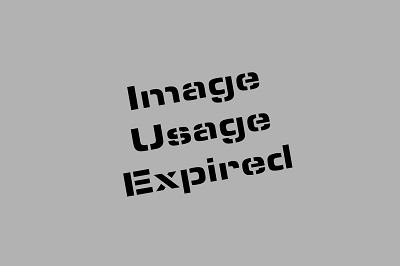Jerusalem, Israel - Oct. 9, 2016 - The Jay and Jeanie Schottenstein National Campus for the Archaeology of Israel is located across from the Israel Museum and next to the Bible Lands Museum in Jerusalem, Israel.
According to Israel Hasson, director of the Israel Antiquities Authority, "Just a small hop, skip and a jump over to the archaeology campus will allow every one of us to make a gigantic leap back in time, to the history of mankind and the country. The Israel Antiquities Authority is this generation’s guardian of the cultural assets of the past."
The campus is another jewel in the crown of architect Moshe Safdie. Unassuming in appearance from the street, a tensile ‘transparent’ roof, the first of its kind in the country, simulates the tent-like canopies used to shade archaeological excavations. Symbolizing the archaeological excavation process and directing rainwater to a pool situated in a courtyard below, and creating a flowing cascade of water.
Most of the levels are under ground, the floors above ground have glass walls. At the main entrance, the public will see an extensive library below. The first display highlights new discoveries of the story of the shipwreck in the Caesarea harbor, which was laden with a cargo of magnificent bronze statue fragments intended for recycling. From this exhibit one can learn about the world of marine archaeology, and how the archaeologists excavated the artifacts underwater.
A four minute video near the entrance will offer explanations, before descending three levels like the strata in an archaeological excavation. Three courtyards, impressive display galleries and work areas will be in view of public. "It is our obligation to share with everyone the treasures that were safeguarded until now in the storerooms," added Hasson. One example, hundreds of chunks of glass and vessels are in a gallery that describes the early glass industry in Israel and the ancient world.
Tens of millions of dollars were raised from twenty-six donors and from the State of Israel for the purpose of building the campus, and its total construction cost stands at about 400 million Israeli shekels. The campus will constitute the largest center in the world for the presentation of the archaeological heritage of the Land of Israel, including all its cultures.
Floor number 8 (down underground) will house archaeological treasures in climate, moisture and light controlled spaces.
The impressive el-Hammam mosaic from Bet Sheʽan was removed from the site in 1934, and only now, after 82 years, will visitors have an opportunity to see it.. A magnificent mosaic depicting the biblical story of Samson carrying the gate of Gaza on his back after the Philistines tried to kill him is also being prepared for public viewing.
A large nave of a Byzantine church with a colorful mosaic was excavated by Shlomo Kol-Yaakov, and restored in its entirety on one of the open rooftop courtyards of the campus.
The ceremony inaugurating the public wing of the campus will be attended by the Prime Minister and donors during the Sukkot holiday, and the building will be open to the public in about a year.
The photo essay includes pictures of all the sites mentioned above, Meat and dairy restaurants are also planned for the campus. Access to public gardens is to be encouraged, however, the admittance fee has yet to be determined.
















